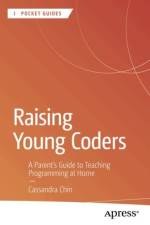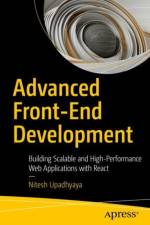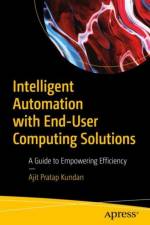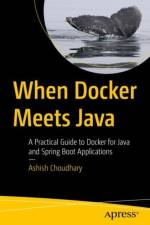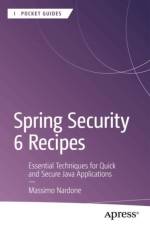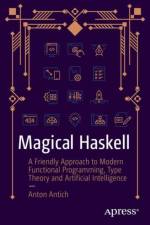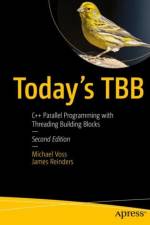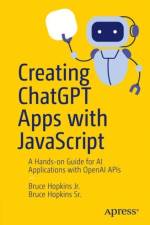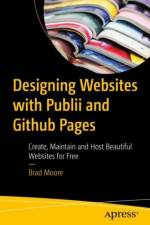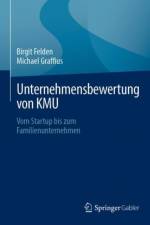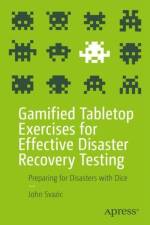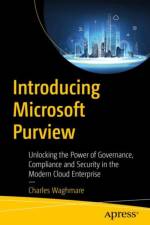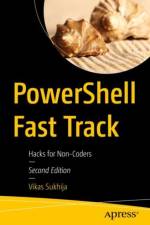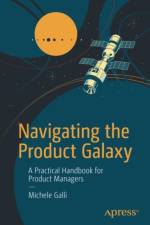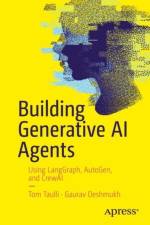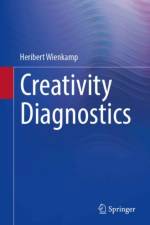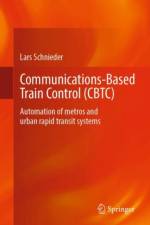av Iuliana Cosmina
987
Write your first code in Java 23 using simple, step-by-step examples that model real-word objects and events, making learning easy. With this book you will be able to pick up core programming concepts without fuss and write efficient Java code in no time. Clear code descriptions, and layout ensure you get your code running as soon as possible. Author Iuliana Cosmina focuses on practical knowledge and getting you up to speed quickly-all the bits and pieces a novice needs to get started programming in Java. In this edition, you will discover how Java has changed since version 17, and how to design and write code using the most recently introduced Java features such as new collection methods, virtual threads, pattern and record matching in switch expressions, structured concurrency tasks, unnamed classes and instance methods and many more.This book is a complete Java guide, covering the following topics: setting up a development environment, programming concepts and well-known programming principles, writing Java code following industry-specific design patterns and coding conventions, executing it, debugging, testing, documenting it and even using specialized tools such as IntelliJ IDEA for writing Java code, Maven for building, JUnit Jupiter for testing, VisualVM for monitoring. After reading this book, you'll have all the necessary skills and knowledge to pass an interview for a starting Java development position.What You Will Learn Set up a Java development environment Use the Java language to write high-quality code Understand fundamental programming concepts and algorithms Use virtual threads, records, and other Java renown features Debug, test, and document Java code Improve performance by customizing the JVM


